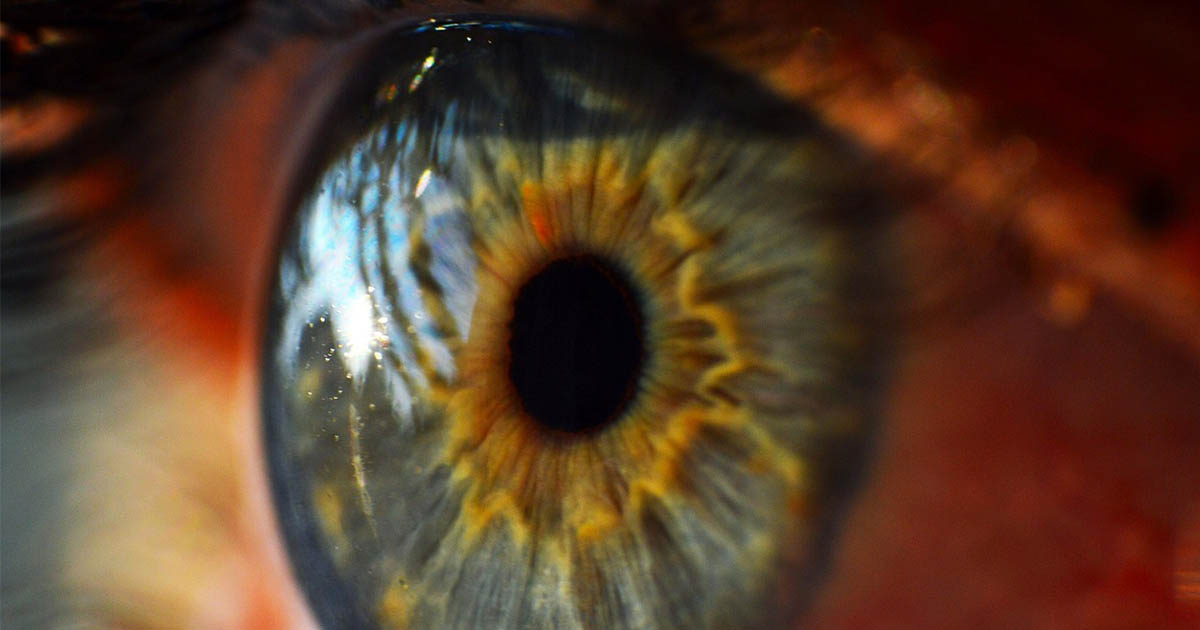
WHAT IS THE CORNEA?
Ophthalmologists carry out more than 40,000 cornea transplants every year in the United States. Of all the transplant surgeries to date- including heart, lung or kidney- the cornea transplants are the most common and have the highest success rate.
WHAT IS THE CORNEA?
The cornea is the transparent part of the eye that covers the front portion of the eye. It covers the pupil (the opening at the center of the eye), iris (the colored part of the eye), and anterior chamber (the fluid-filled inside of the eye). The cornea's main function is to refract, or bend, light. The cornea is responsible for focusing most of the light that enters the eye. To be a healthy cornea, it must remain clear and free of bloos-vessels or tissues.HOW CAN AN UNHEALTHY CORNEA AFFECT VISION?
If the is a lesion or damage to the cornea, it can become swollen or it can even scar. In either case, its smooth and transparent nature will be lost. Scars, swelling or an abnormal-shape to the cornea can cause light to the focus correctly or become distorted, resulting in the patient seeing flashes of light or having a blurry vision.A CORNEA TRASNPLANT IS NECESSARY IF
- If the cornea is damages following another eye surgery, such as a cataract surgery
- Keratoconus: when the cornea becomes thin and develops a cone-like bulge
- A hereditary condition; such as Fuch’s Corneal Dystrophy
- Scarring after infections, especially herpes
- The rejection of the body of a previous cornea transplant
- Scarring after an injury

